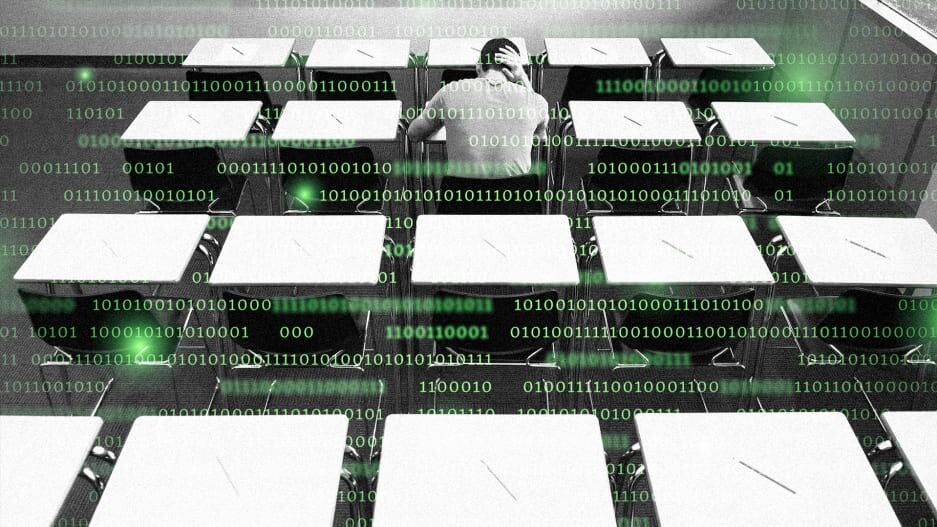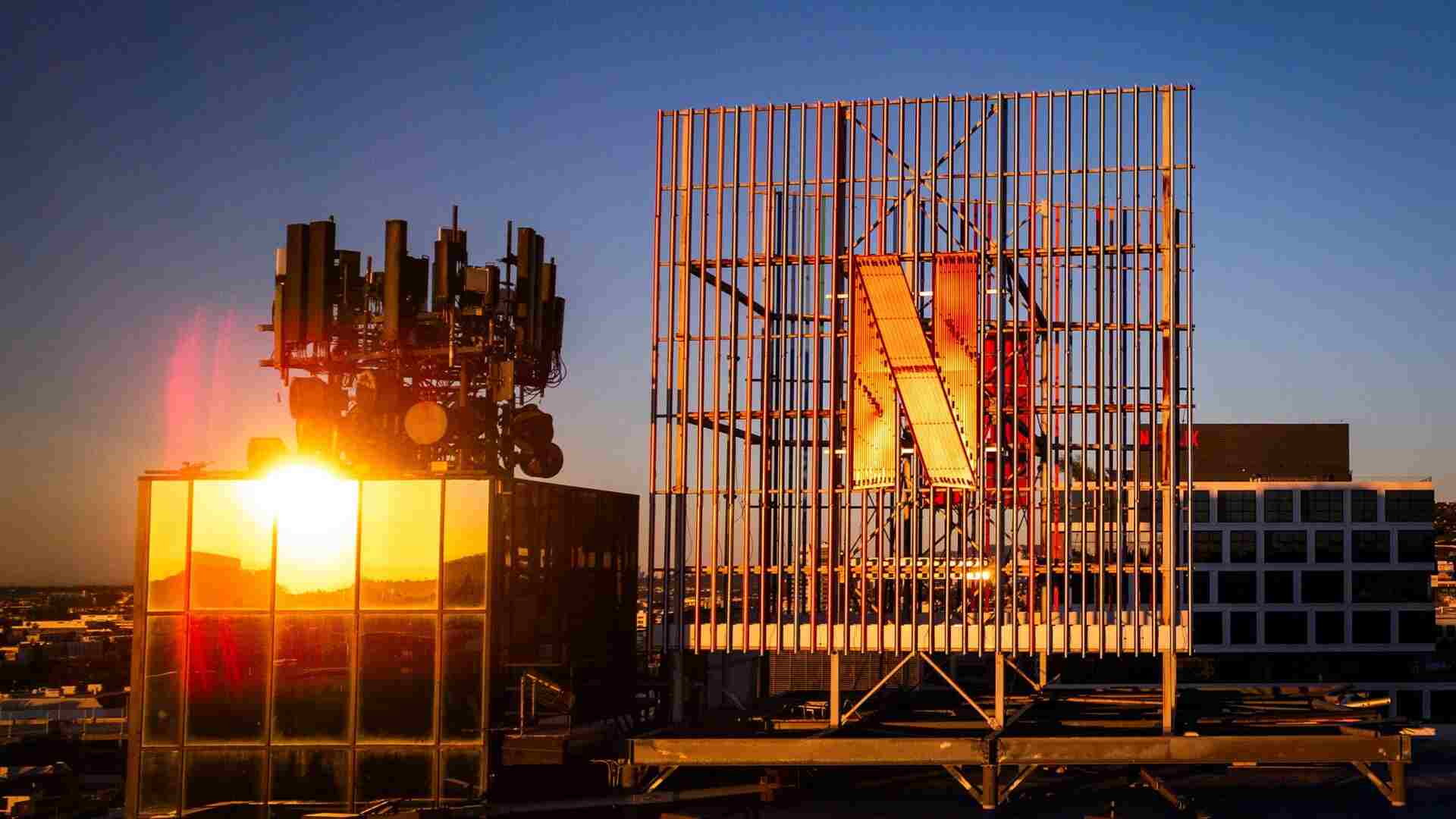- | 9:00 am
POV: Should we give up on human learning?
To thrive in this AI landscape, we must leverage AI to transform our educational approach toward dynamic, practice-based, and personalized learning experiences.

If you were to ask a group of fourth graders if they’d like ChatGPT to handle their homework, you might just hear a chorus of cheers. After all, if artificial intelligence can tackle the work, why bother with tedious book reports or the complexities of dividing fractions?
This isn’t the first time we’ve grappled with this question. With calculators, computers, and boundless access to information, we’ve long debated what skills humans truly need to learn. Some argue that as AI continues to improve and automate more tasks and jobs, we’ll no longer need to acquire any skills or knowledge ourselves. However, this line of thinking is misguided, and potentially dangerous. As history has shown, the rise of new technologies has only increased the demand for highly educated and skilled individuals.
In fact, as AI and other technologies advance, the complexity of skills required to succeed in the modern workforce also increases. Rather than abandoning human learning, we must embrace it and adapt our educational systems to prepare individuals for the challenges and opportunities that lie ahead. By doing so, we can equip future generations with the tools they need to thrive in a rapidly changing world.
FROM THE INDUSTRIAL REVOLUTION TO THE INFORMATION AGE
Throughout history, technological advancements have consistently led to an increased demand for skilled individuals, as well as a rise in the complexity of those skills. This can be observed in multiple examples, from the Industrial Revolution to the Information Age. As technology advances, the time it takes for people to learn and master necessary skills also increases.
Consider the Industrial Revolution, when agricultural work in the fields began to be replaced by work in factories, much of which demanded at least a few months of specialized training. As steam-powered machines and new manufacturing processes emerged, workers needed to learn how to operate and maintain these complex machines. This shift led to the development of technical schools and apprenticeship programs to train individuals in the necessary skills.
Moving on to the 20th and 21st centuries, the rise of computers and the internet transformed the way we work and live, increasing demand for highly skilled individuals in fields such as computer programming and data analysis. The complexity of these skills often requires years of specialized education and training, beginning with basic reading and writing at age five, followed by science, math, and other competencies, and culminating in a professional role by age 25—that’s almost 20 years of preparation. Additionally, workers are required to constantly update their knowledge to keep pace with rapidly evolving technologies.
The key takeaway from these historical examples is that the more advanced the technology becomes, the greater the need for highly skilled individuals, and the longer it takes to learn and master these skills. This trend is unlikely to change with the rise of AI. In fact, it is likely to keep accelerating.
THE BAR IS ABOUT TO GET HIGHER
As AI continues to advance, the bar for human learning and skill acquisition will be raised even higher. The integration of AI into various industries will undoubtedly automate many tasks, but it will also create new, more complex, and specialized roles for humans. These jobs will require a deep understanding of AI principles, ethical considerations, and the ability to work seamlessly alongside intelligent machines. Furthermore, the rapid pace of AI development means that the skills required to excel in these new roles will constantly evolve, making lifelong learning and adaptability more critical than ever.
We should also keep in mind that with AI-powered widespread automation and displacement of existing jobs there will be tens of thousands of people whose livelihoods become threatened. As John Maynard Keynes put it in 1930, every advance in technology causes a “temporary phase of maladjustment”—even when it will benefit humankind in the long run. Many of today’s workers (McKinsey researchers put the number at 375 million) will need to learn new skills in order to find new employment opportunities in the future.
This further highlights the importance of human learning and the need for strong educational systems that can help individuals adapt and thrive in an AI-driven world. We have seen this scenario play out badly before when disgruntled employees of weaving factories destroyed machines during the Luddite movement in the early 19th century, fearing that technological advancements would leave them jobless. It is crucial that we learn from history and proactively address the potential social and economic impacts of AI-driven job displacement through education and skill development.
HOW WE SURVIVE AND THRIVE
Researchers at MIT spoke with educators across the globe about what technologies like ChatGPT mean for teaching and learning. What did they find? Critical thinking skills are now more important than ever for students—and skills like memorization are basically obsolete.
As we acknowledge the growing significance of human learning in the AI era, it is crucial to recognize how AI can revolutionize our educational systems and approach to skill development. Traditional classroom-based, content-heavy, and standardized education methods are ill-suited for preparing individuals for the complex and dynamic skills needed in the rapidly evolving AI-driven industries.
To thrive in this new landscape, we must leverage AI to transform our educational approach toward dynamic, practice-based, and personalized learning experiences. AI-powered platforms can facilitate adaptive learning tailored to each individual’s needs, providing real-time feedback and accelerating the learning process. This enables individuals to be better equipped for the challenges of the AI-driven job market.
Furthermore, AI can help us identify and predict in-demand future skills, empowering educators and policymakers to proactively design curricula and training programs that will foster success in the emerging AI-driven economy. Collaboration between educational institutions, businesses, and policymakers is essential for ensuring that curricula and training programs align with the needs of the evolving AI-driven job market. By working together, we can cultivate a culture of lifelong learning and adaptability, preparing individuals to excel in the rapidly changing world of AI.
Rather than viewing AI as a threat to human learning, we should embrace the opportunities it presents. By transforming our educational systems, fostering a culture of continuous learning, and leveraging AI as a tool for skill development, we can ensure that humanity not only survives but thrives in the AI-driven world. So, if you happen to have a fourth grader at home, make sure they still do their homework.








































